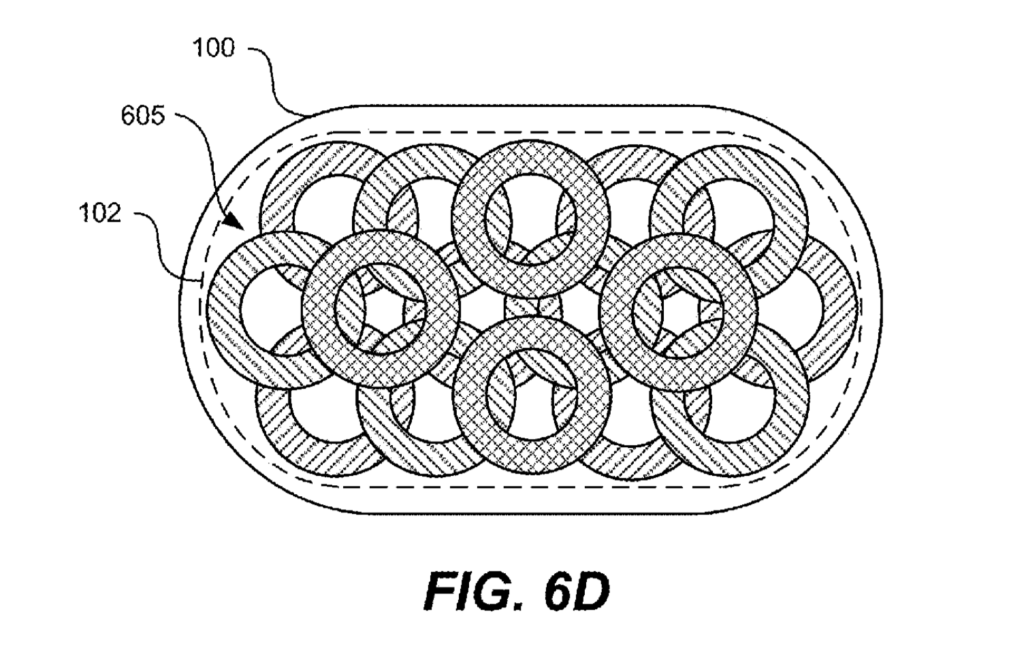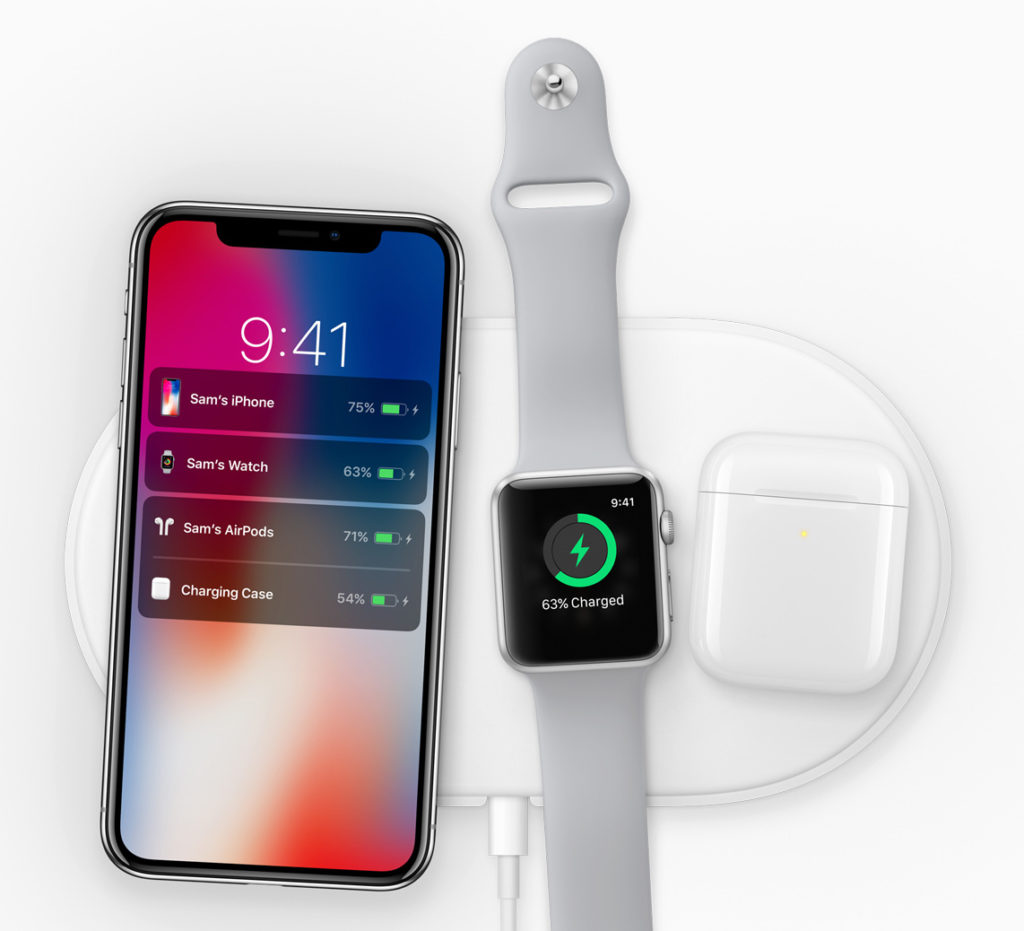Now we know why Apple’s AirPower didn’t take off…(yet)

Apple has made multiple patents around AirPower
Apple announced AirPower to fanfare during the iPhone X launch event in 2017, but two years later was forced to cancel the project – now the latest collection of leaked images give us a glimmer of the reason why it didn’t take of (yet)…
It was insanely… complicated
Announcing the cancellation, Apple’s SVP Hardware Engineering, Dan Riccio in 2019 sadly said:
“After much effort, we’ve concluded AirPower will not achieve our high standards and we have cancelled the project. We apologize to those customers who were looking forward to this launch. We continue to believe that the future is wireless and are committed to push the wireless experience forward.”
Today serial Apple leaker “Mr White” took to Twitter to tease us all with a torrent of images he/she claims depict a prototype of the product. The leaker has also published a video that shows us a little more information on the (so far) failed product design.
Here are the pictures:
https://twitter.com/laobaiTD/status/1296837238265847809?s=20
Note the complex copper circuitry and circuit diagrams and keyboard-like frame that goes into this slim device, intended to charge an iPhone, AirPods and an Apple Watch at the same time.
Note also the similarity to the early patent drawing above.
We didn’t get it, but we got this.
Here is the video:
https://twitter.com/laobaiTD/status/1296838797041086464?s=20
The product and the history
The challenges Apple faced seemed to be connected with the existing limitations of the Qi standard it had chosen to adopt in iPhones.
Apple wanted the contraption to be capable of intelligently distributing power to each device in order to accelerate the time to full charge without using up and wasting power – and to be able to place those devices wherever you chose on the mat.
The problem was that the Qi standard didn’t support this. Apple’s Phil Schiller said the company hoped to move the entire industry “forward”, and it hoped to do this by working with an improving the standard.
“We’re going to be working with the Qi standards team to incorporate these benefits into the future of the standards to make wireless charging better for everyone,” Schiller said when the device was announced.
Apple joined the Wireless Power Consortium (WPC) as part of this attempt.
Later we learned that Apple’s design teams faced a fistful of problems before declaring the product a fail. It was complex, would overheat, was hard to manufacture and the software was also complex.

Apple’s silicon design teams are now cutting ahead of the industry in new sectors, including wireless
That’s not to say the effort didn’t yield useful knowledge that perhaps fed back into the WPC.
Meanwhile Strategy Analytics estimates 127 million Qi-certified wireless charging TX devices shipped globally in 2019, up nearly 57% from 81 million in 2018, so there’s little reason to think those behind the standard won’t want to improve it. And we continue to hear speculation Apple may have quietly just decided to get on with the development process…
Perhaps we have a few more surprises to come from Cupertino in 2020.
Please follow me on Twitter, or join me in the AppleHolic’s bar & grill and Apple Discussions groups on MeWe.




